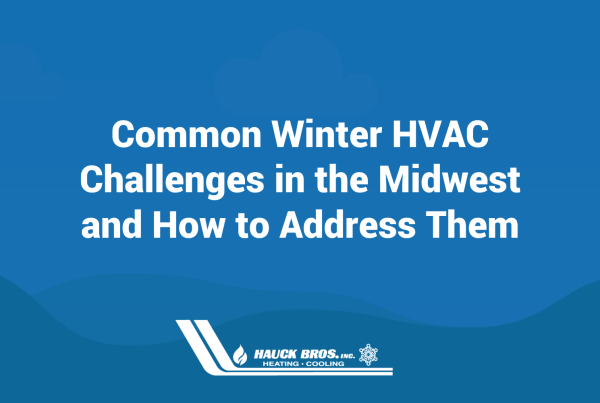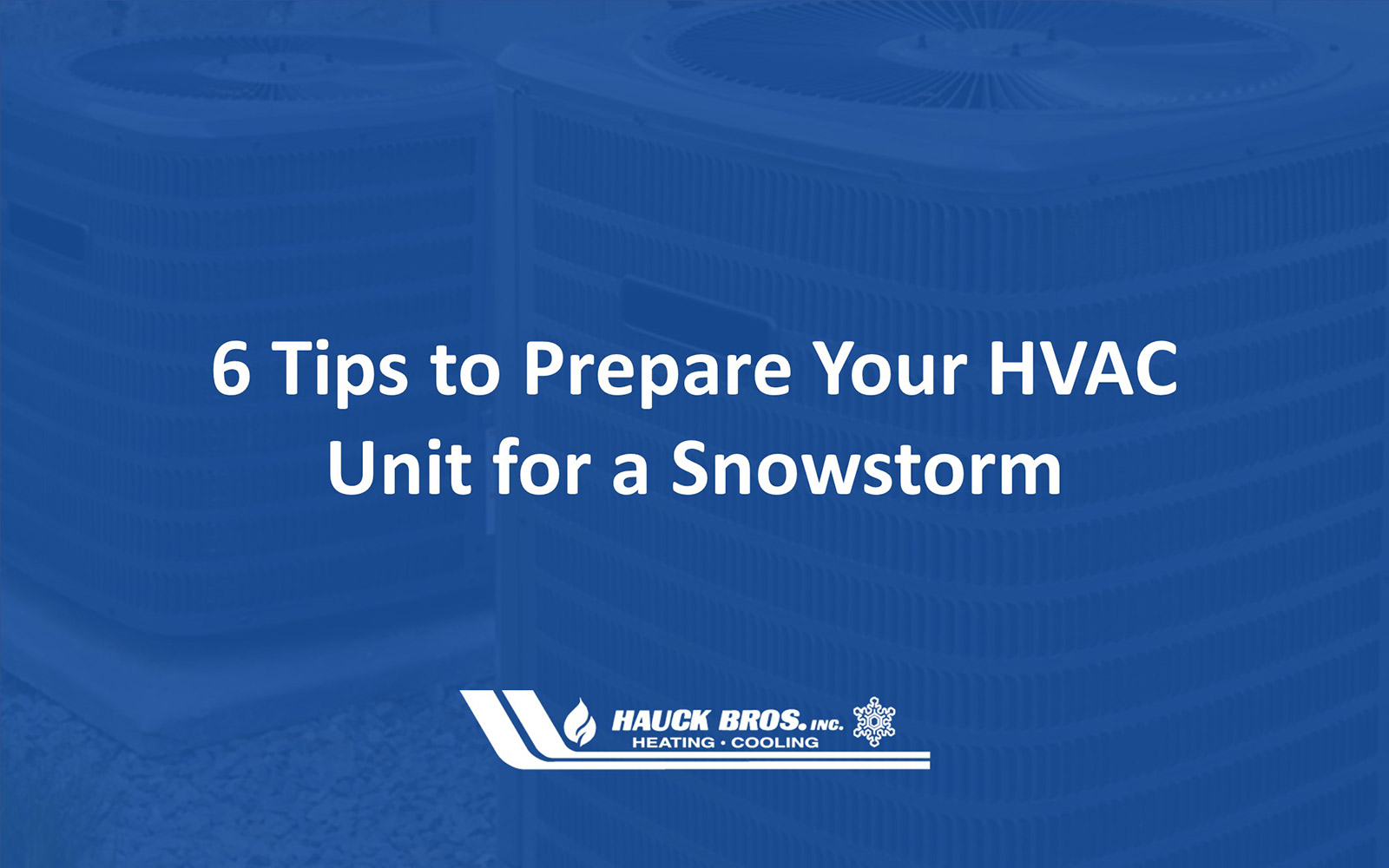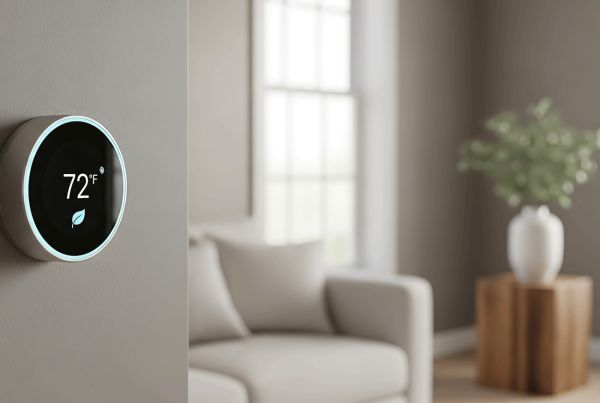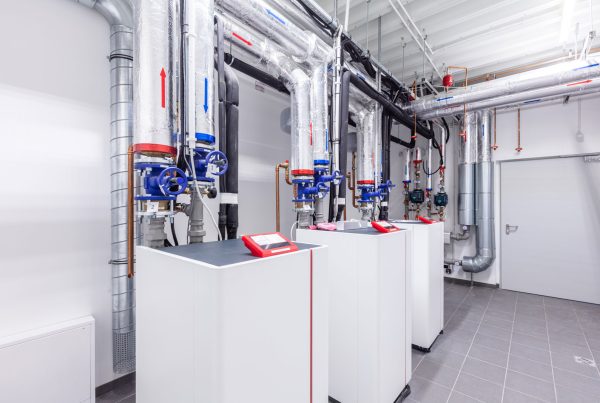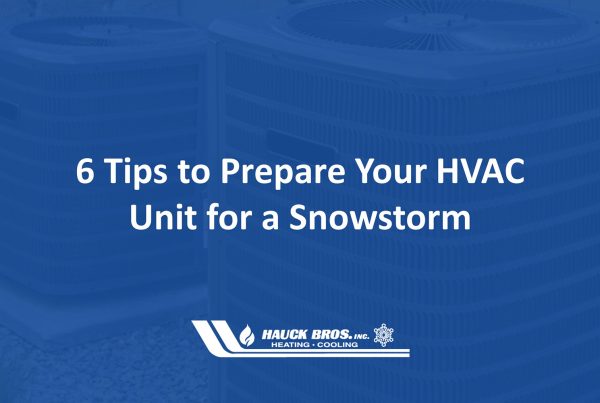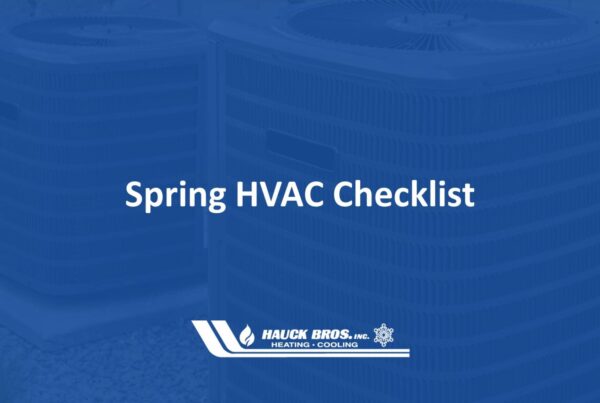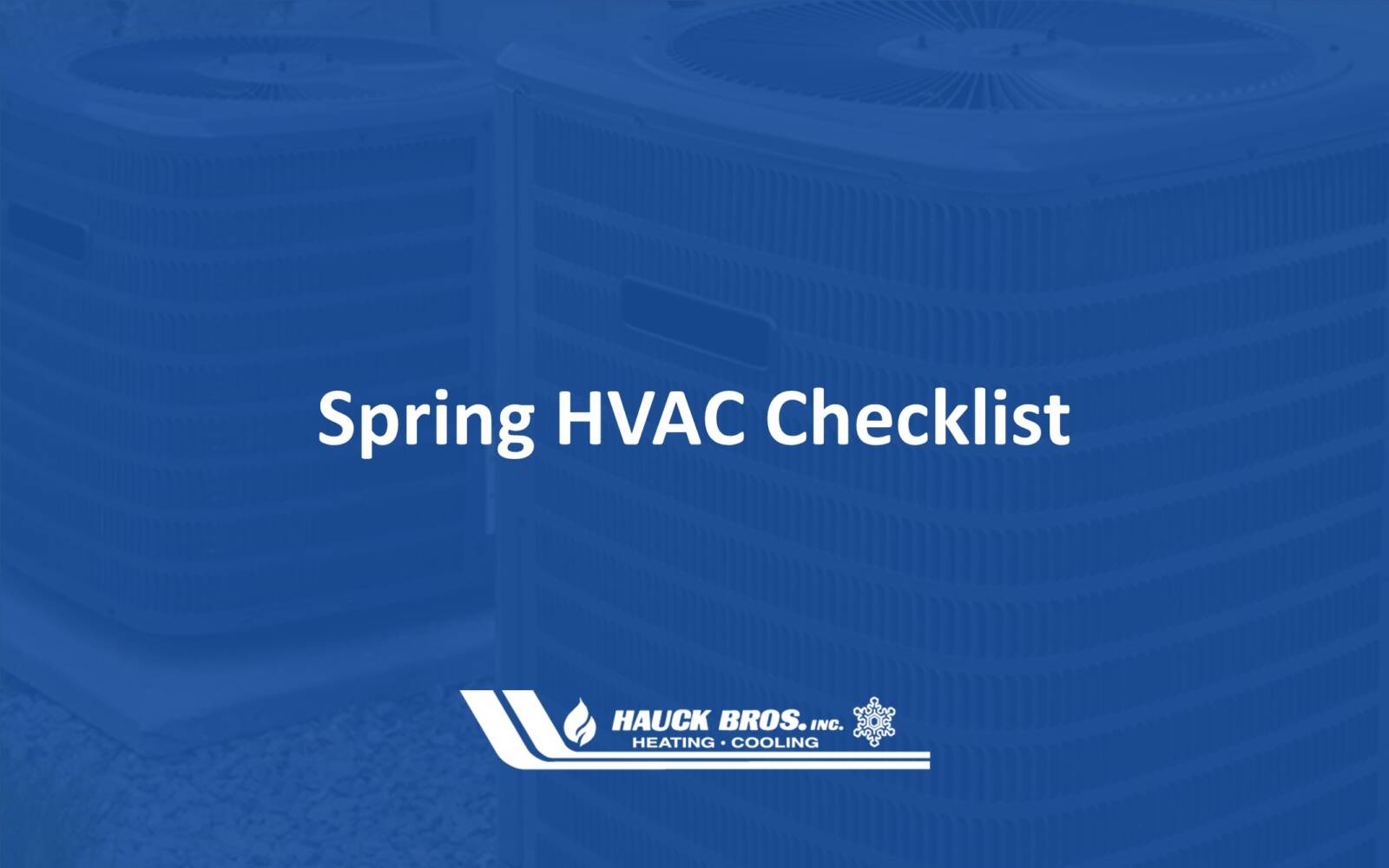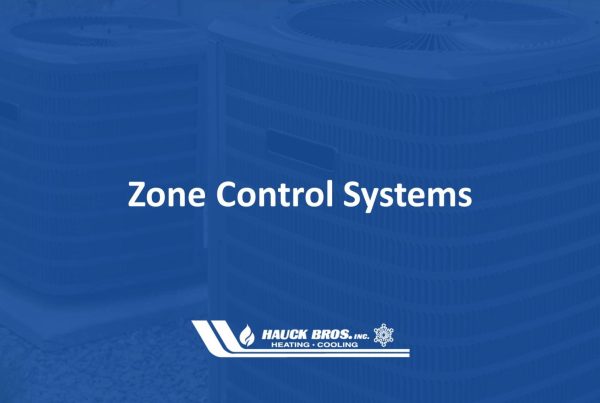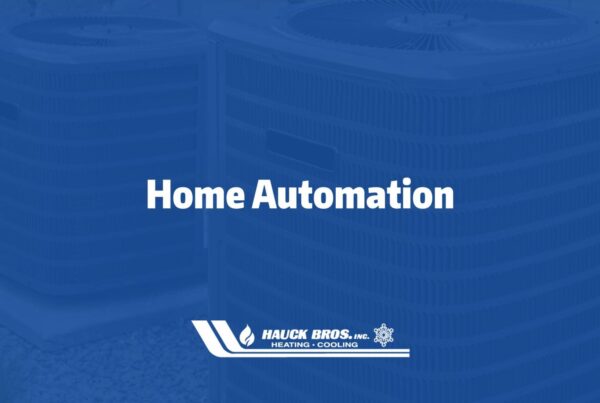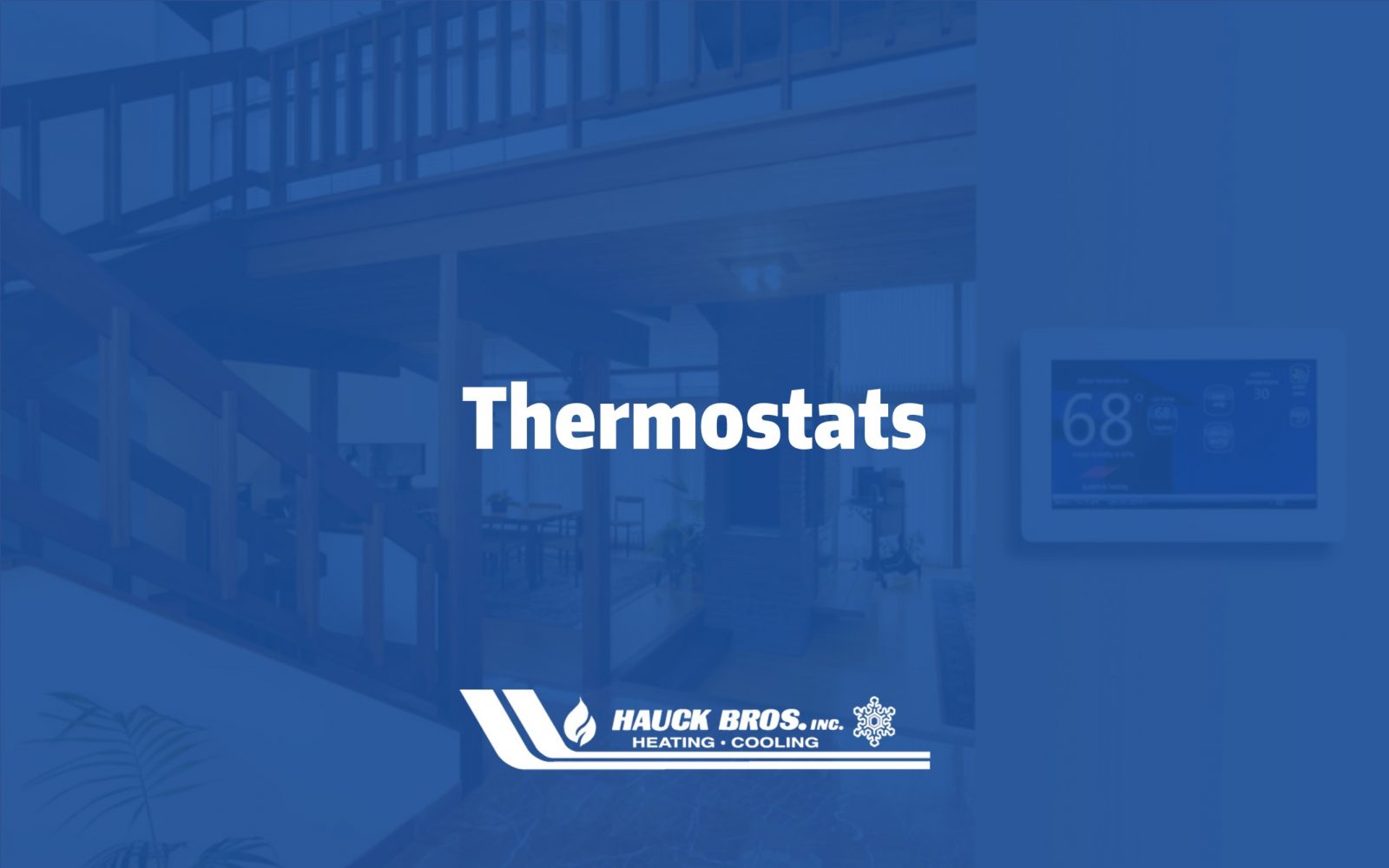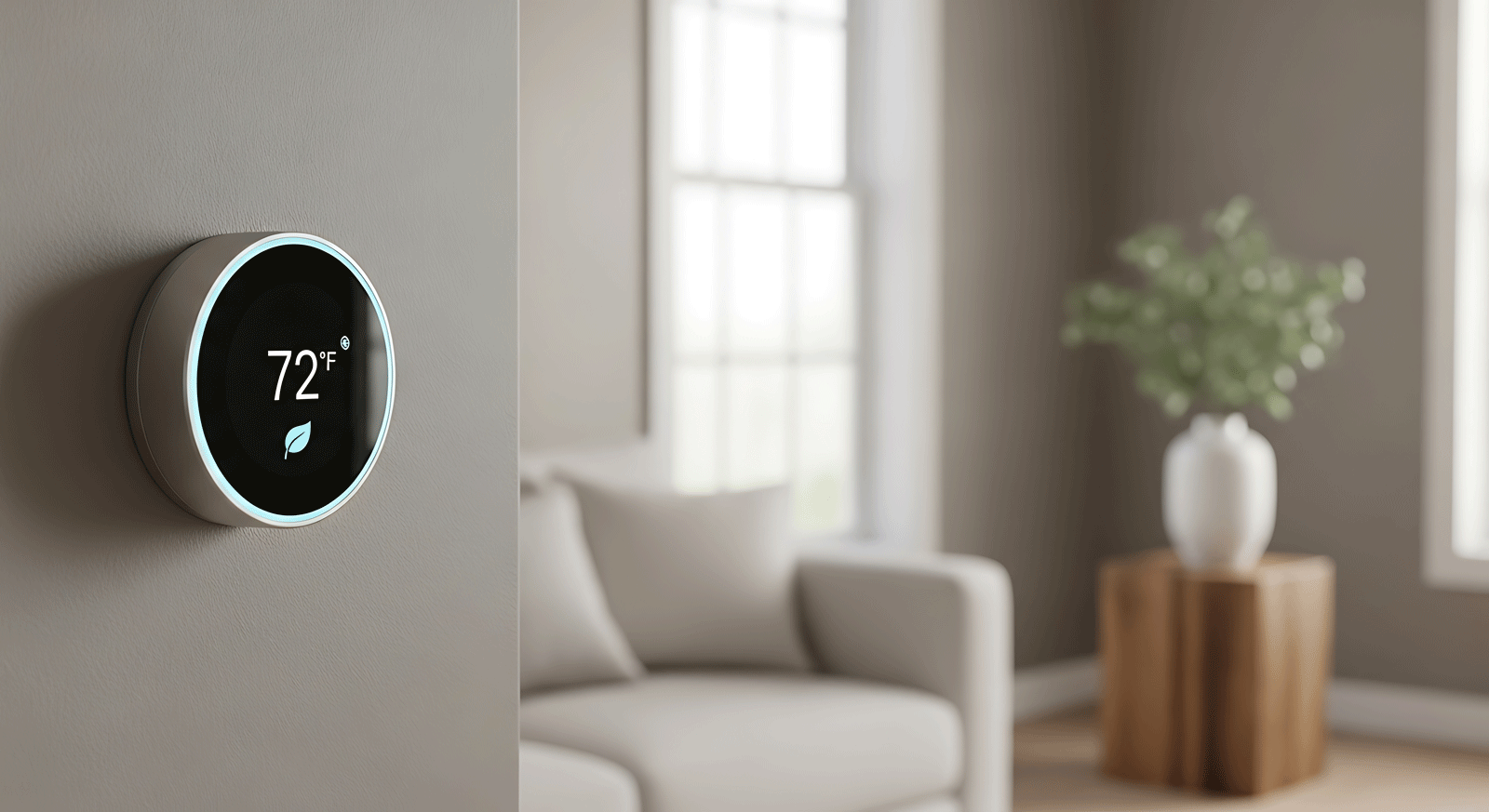
As temperatures drop and furnaces start running around the clock, heating costs can take a big bite out of your winter budget. One of the simplest and most effective ways to gain control over those costs is by upgrading to a smart thermostat. At Hauck Bros, we believe that comfort shouldn’t come at the expense of high energy bills, and smart thermostats are a great solution.
What Is a Smart Thermostat?
A smart thermostat is a Wi-Fi-enabled device that automatically adjusts your home’s heating (and cooling) settings for optimal efficiency. Unlike traditional thermostats, smart models can learn your preferences, detect when you’re home or away, and allow remote access through smartphone apps.
Many smart thermostats also provide usage reports and energy-saving suggestions, giving you more insight into how your HVAC system is operating.
How Smart Thermostats Save You Money in Winter
Automatic Temperature Adjustments
Smart thermostats can automatically lower the temperature when you’re asleep or away from home, then warm things up before you return. This helps eliminate wasted energy from heating an empty home or running the system harder than necessary.
Energy-saving tip: Set your thermostat to lower the temperature by 7–10 degrees for 8 hours a day (such as overnight) to save up to 10% annually on heating bills, according to the U.S. Department of Energy.
Remote Access and Control
Forgot to turn down the heat before heading out? No problem. Smart thermostats allow you to adjust settings anytime, from anywhere, using your phone or smart home device. This gives you more control over your energy usage, even when your schedule changes.
Zoned Heating for Better Efficiency
Some advanced smart thermostats work with multiple sensors throughout the home to create heating “zones.” This allows you to direct heat only where it’s needed most, avoiding over-heating unused rooms and reducing overall energy consumption.
Energy Usage Reports
Smart thermostats track your heating patterns and provide reports on how much energy you’re using. These insights help you identify opportunities to improve efficiency and fine-tune your habits for greater savings.
Smart Thermostats & Your HVAC System
Pairing a smart thermostat with a well-maintained HVAC system can maximize both comfort and efficiency. At Hauck Bros, our technicians can help you select and professionally install a smart thermostat that’s compatible with your current system; ensuring optimal performance all season long.
Benefits of Professional Installation by Hauck Bros
- Proper setup & calibration for accurate temperature control
- Integration with your HVAC system to prevent unnecessary strain
- Guidance on using features like scheduling, zoning, and energy reports
- Recommendations tailored to your home and heating needs
Ready to Upgrade?
Smart thermostats are a small investment that can lead to big savings over time; especially when winter heating demands are high. Whether you’re looking to cut energy costs, improve comfort, or take advantage of smart home automation, Hauck Bros is here to help.
Contact us today to schedule a consultation or thermostat installation.
Learn more about our services at hauckbrothers.com
Related Posts

